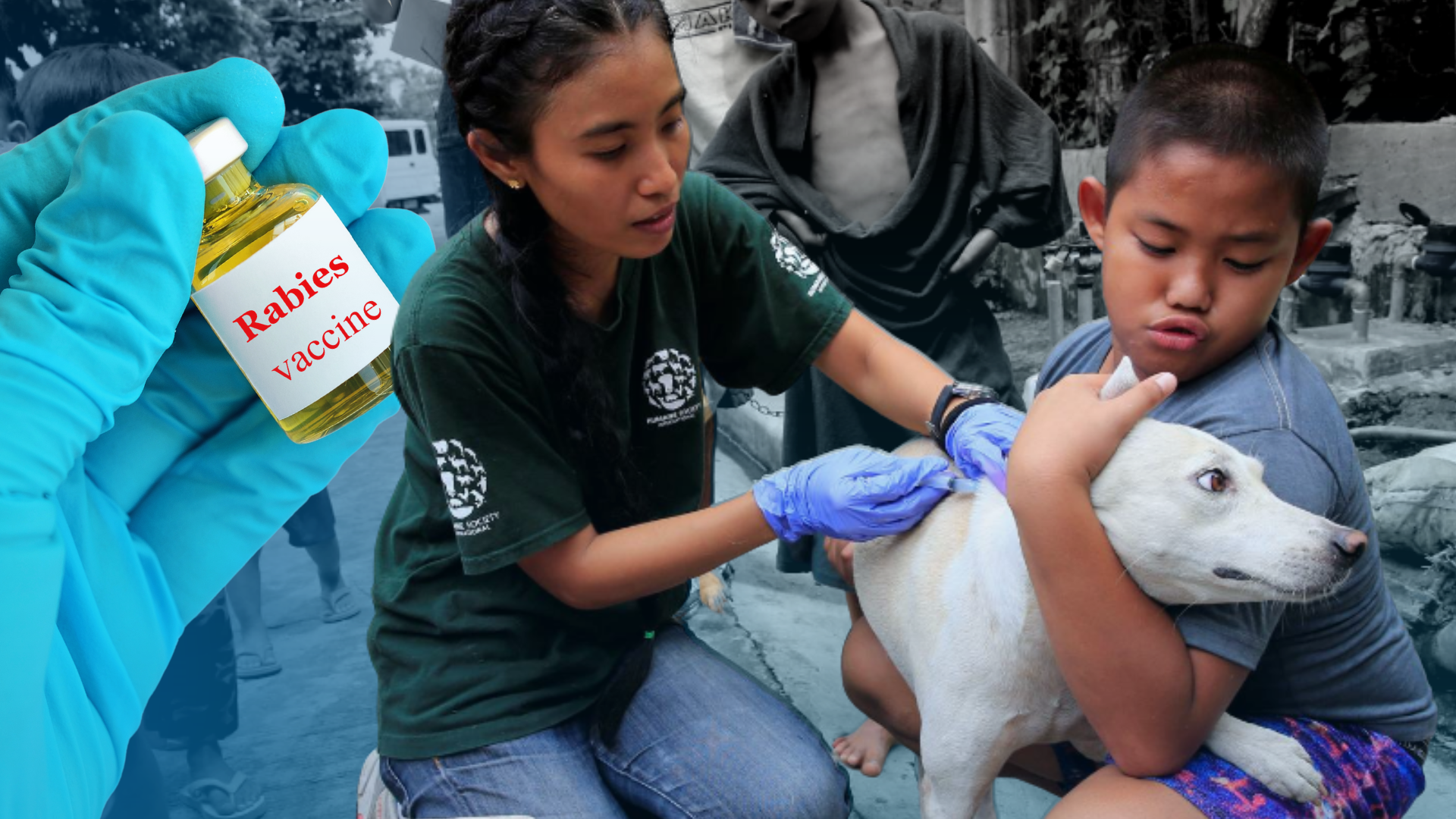Rabies cases on the rise, DOH advises vigilance
MANILA, Philippines — The Department of Health (DOH) urged the public on Saturday to be extra cautious against the rabies virus, as it is one of the most common health concerns during the dry season.
In a news forum, DOH spokesperson Eric Tayag also noted that the Philippines already has 84 cases of rabies for 2024, which is two cases higher than during the same time period in 2023.
According to Tayag, rabies, along with sunburn, sore eyes, skin diseases, coughs and colds, and gastrointestinal issues, are common health concerns during the dry season.
He encouraged the public to be responsible pet owners and seek immediate medical attention if bitten or scratched by an animal suspected of carrying the rabies virus.
“Take care when you go out…put a leash or rope on the dogs so they won’t roam around, and make sure to have them vaccinated,” Tayag said during the Saturday News Forum.
Article continues after this advertisement“Immediately wash it with water and soap because the saliva of a rabid dog contains the rabies virus, so when you wash it, you remove a lot of viruses. But some may still cling, so you should go to the animal bite center,” he added, noting that one must complete his or her series of anti-rabies vaccines.
Article continues after this advertisementThe health official also advised parents and guardians not to scold children who are bitten or scratched by animals.
“Do not scold the children so that if they get bitten, they will immediately tell you and not hide it,” Tayag said.

The incubation period for rabies typically lasts from two to three months but may vary from one week to one year, according to the World Health Organization (WHO).
Among the initial symptoms are “fever, pain and unusual or unexplained tingling, pricking, or burning sensations at the wound site.”
WHO said that rabies also manifests in two forms: furious rabies and paralytic rabies.
Furious rabies, as explained by WHO, results in “hyperactivity, excitable behavior, hallucinations, lack of coordination, hydrophobia (fear of water), and aerophobia (fear of drafts or fresh air).”
Patients with this form of rabies die after a few days due to cardio-respiratory arrest, it noted.
Meanwhile, paralytic rabies accounts for an estimated 20 percent of the total number of human cases.
WHO described it as “less dramatic and usually longer course than the furious form.”
With this form of rabies, the patient experiences gradual muscle paralysis starting from the wound site before falling into a coma and eventually dying.
The organization warned that it is often misdiagnosed, contributing to the under-reporting of the disease.
